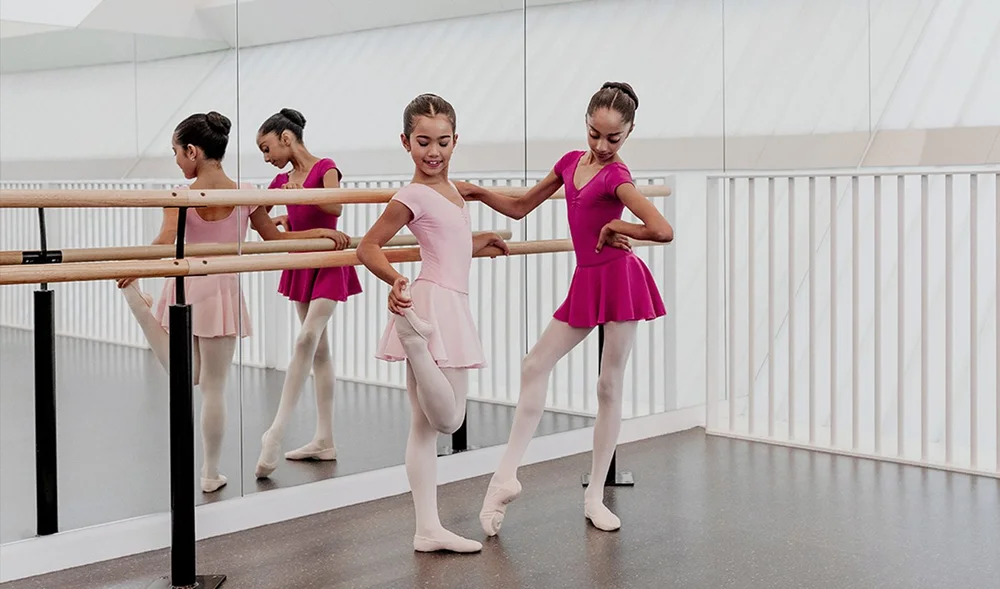Dance ethnology is the study of dance as a means to analyze human culture, social structure, and societies. It is a relatively new branch of anthropology, but research and publications focused on collecting and interpreting dances are becoming more...
Dance ethnology is the study of dance as a means to analyze human culture, social structure, and societies. It is a relatively new branch of anthropology, but research and publications focused on collecting and interpreting dances are becoming more available. Ethnologists identify what is considered dance and studies the expressive and rhythmic aspects of movement. Ethnologists study “culture and social forms as expressed through a medium of dance and how dance functions within a cultural pattern”. Ethnological dance is more focused on indigenous or folk dances rather than modern-day dance expression. Furthermore, ethnology analyzes the patterns of dance among cultures, and how it reveals social organization and economic activity through its evolution. Studying the spread of dance can help anthropologists study the adaptations, cultural diffusion, and variations in evolution of certain early societies.
One of the most important aspects of dance ethnology is the ability to study social relations through dance. A person’s role in a dance answers many questions about the hierarchy and social order of societies. For example, the traditional Iroquois Eagle Dance allows individuals to freely express their creativity, whereas in other tribes, variation outside of the set dance is not allowed. This demonstrates the hierarchy and range of order among tribes. Likewise, dance conveys a tremendous amount about gender roles. For instance, in Samoa the males are free to improvise within the dance, but the females are confined to the set form of the dance. Additionally, dance can be used as a male initiation rite, in which women are excluded from. In general, males tend to dominate ceremonial dances, and compared to social dances in which men and women dance together, ritual dances separate the sexes. Choreographic grouping can show the hierarchic organization of societies and divisions among groups. For instance, economic specialization is distinguished by dance formations and functions. In certain African communities, the best dancers are the hunters and the less important dancers are the farmers. Furthermore, in India different dance types distinguish the higher and lower castes and show superiority.
Aside from studying social relations in dance, ethnologists study the diversity and spread of dance around the world. Dance differs around the world, and topographical surroundings and linguistic groupings all have an effect on its prevalence in a culture. The environment and resources that are available in an area have a profound effect on dance in that society. For example, the prevalence of maize in certain areas inspires specific ritualistic dance forms. Similarly, the Plains and Woodlands tribes have unique dance forms inspired by the abundance of buffalo in the area. Regardless of locations, indigenous groups all around the world have the commonality of using dance as a ritual for increasing food supply, controlling the weather, and stimulating good luck. Dance ethnologists have hypothesized that this could be due to common origination followed by migration and adaptions, cultural diffusion, or orthogenesis.
Anthropologists and dance ethnologists work together to understand the relationship between native patterns, human relations, social organizations, and adaptations. Dance can be used to study psychological behaviors. For example, dance postures can illustrate extraverted or introverted behavior. Dance conveys emotion and is in a way its own language. Stylistic similarities in dances can be linked to linguistic relationships and culture contact.
In order to study the complex area of dance, dance ethnologists are trained in anthropology, kinesiology, folk dancing, dance notation, music, and kinetic rhythmic analysis. It is very difficult, however, for researchers without significant backgrounds in dance to successfully understand and have insight and point of view into the realm of dance. It is important to for dance ethnologists to understand the significance of dance as a means to analyze culture and history. Especially in modern day and age, dance is undermined as simple entertainment and fun. People fail to see that steps and movements show cultural traits and expresses a rich layer history. Dance ethnology reveals a new complex understanding of humanity that can aid in communication and understanding of the world around us.
Article Source: https://www.jstor.org/stable/2739713?read-now=1&seq=21#page_scan_tab_contents












